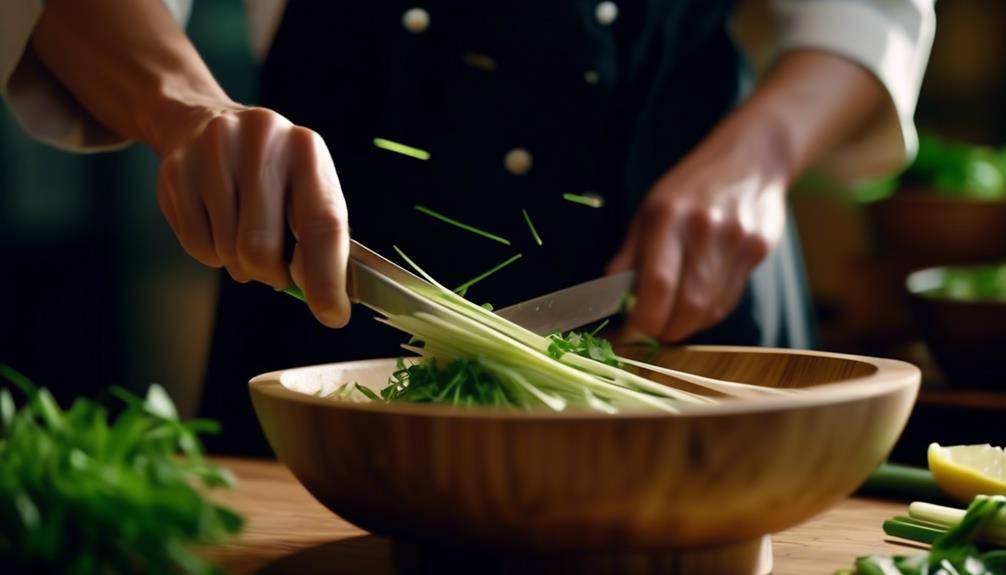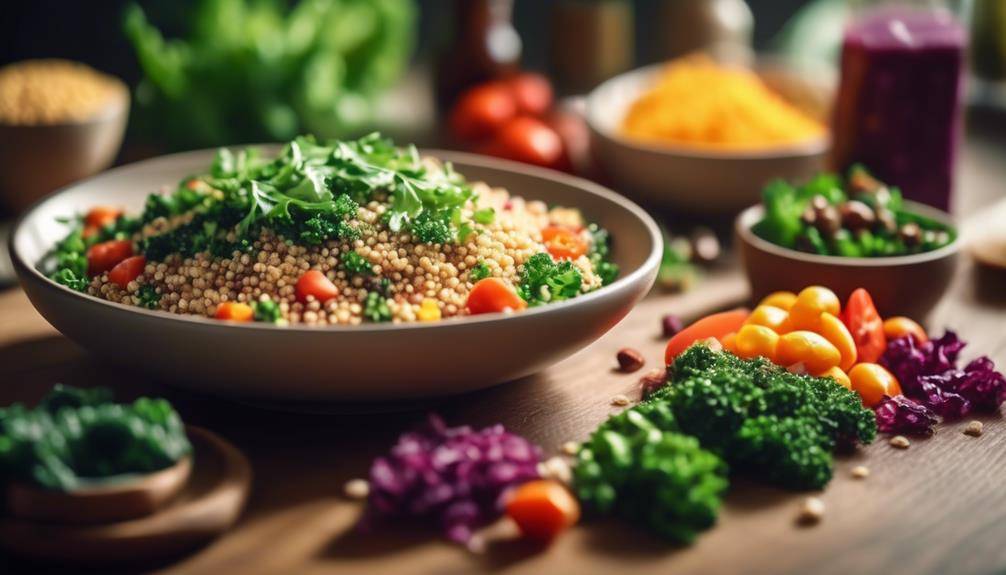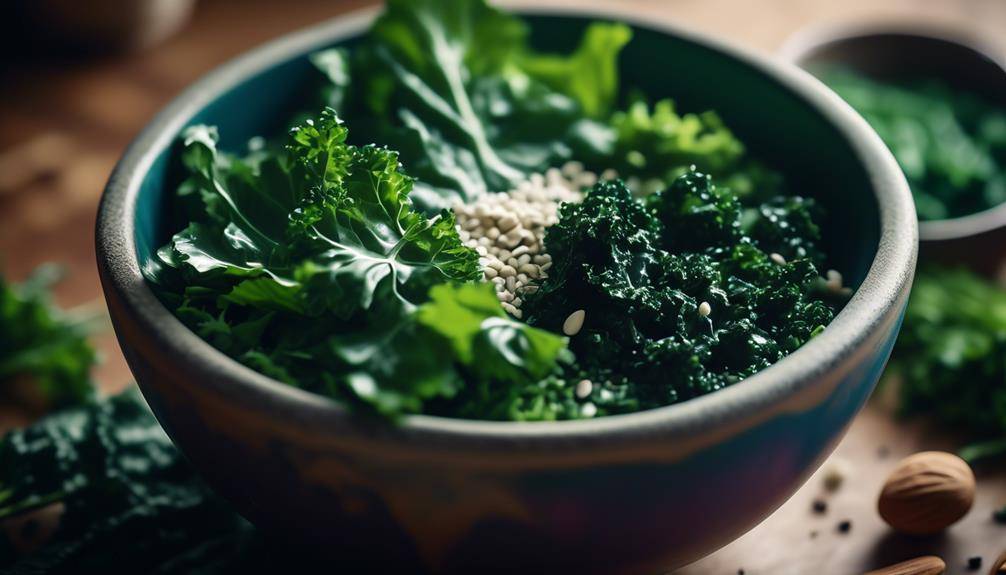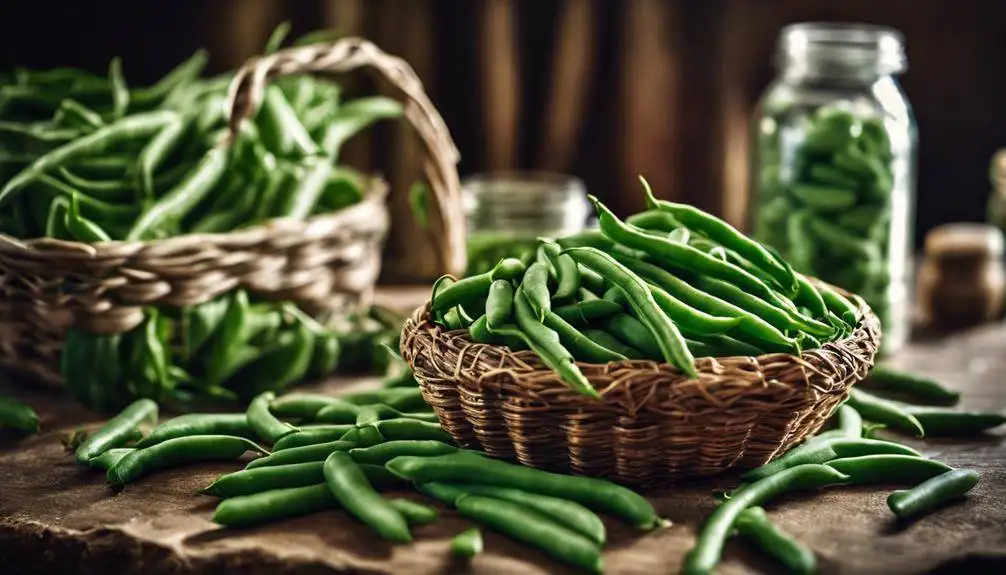How To Roast Chestnuts On Fire
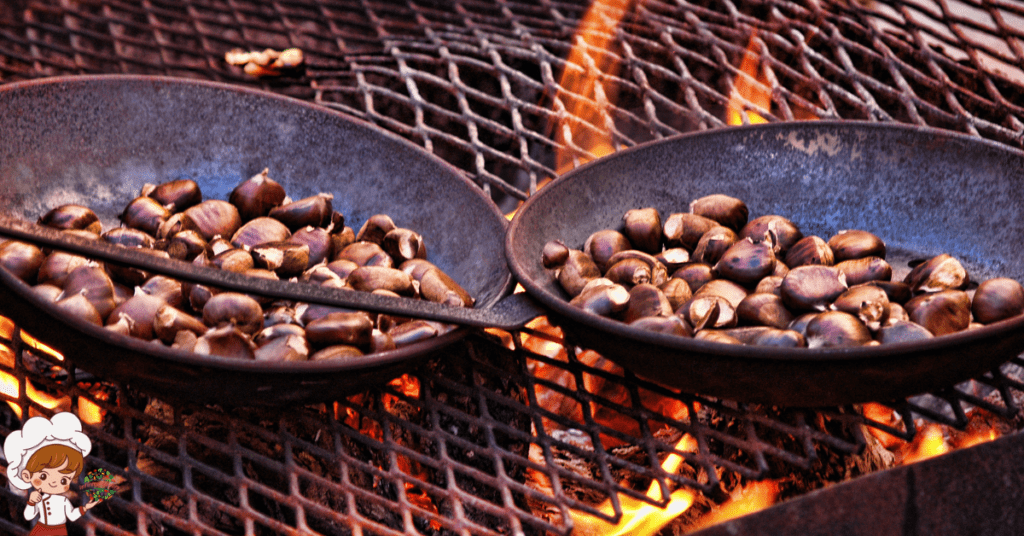
How To Roast Chestnuts On Fire; To roast chestnuts over an open fire, start by choosing heavy nuts with smooth shells and scoring them with an “X” on the flat side to prevent bursting. Build a steady fire using hardwoods, allowing it to burn down to glowing coals. Place the chestnuts in a roasting pan, and position them over the coals. Roast for 15 to 25 minutes, shaking the pan occasionally. When they’re golden brown, let them cool briefly before peeling. Enjoy the sweet, smoky goodness that fills the air. If you want tips on serving and pairing, you’ll find plenty of ideas ahead.
Choosing the Right Chestnuts
When it comes to choosing the right chestnuts, you want to look for nuts that feel heavy for their size and have a shiny, smooth shell. These traits are essential chestnut quality indicators. Fresh chestnut varieties will often have a rich, nutty aroma, so give them a sniff—if they smell earthy and sweet, you’re on the right track.
Next, check for any blemishes or cracks on the shell. A good chestnut should be intact, as any damage can indicate spoilage or a lack of freshness. If you find any nuts that are shriveled or have a dull appearance, skip those; they’re likely past their prime. You want to select chestnuts that are firm to the touch, as softness can signal that they’re old or spoiled.
It’s also helpful to give each chestnut a gentle shake. If you hear a rattling sound, that means the nut inside has dried out, which isn’t what you want. Fresh chestnuts should feel solid and secure within their shells.
Essential Tools and Equipment
Roasting chestnuts can be a delightful experience, but having the right tools and equipment makes all the difference. To get started, you’ll need a few essential chestnut tools that guarantee a successful roasting process. First on your list is a sharp knife or a chestnut knife specifically designed for scoring the nuts. This step is vital, as scoring prevents the chestnuts from exploding due to steam buildup during roasting.
Next, you’ll want a sturdy roasting pan or a chestnut roaster, which often features a perforated bottom. This design allows heat to circulate evenly, giving you perfectly roasted chestnuts. If you’re roasting over an open fire, a long-handled roasting fork can help you safely hold the pan over the flames.
You might also consider using a fire pit or a grill for a more controlled roasting environment. Make certain to have a heat-resistant glove handy to protect your hands from the heat while handling the roasting equipment.
Finally, don’t forget a bowl or basket to collect the roasted chestnuts once they’re done. This simple piece of equipment makes it easy to enjoy your delicious results.
Gathering these chestnut tools and roasting equipment beforehand will set you up for a fun and successful roasting session. With everything in place, you’ll be ready to enjoy the warm, nutty goodness of freshly roasted chestnuts!
Preparing the Chestnuts
Once you’ve gathered your tools, it’s time to prepare the chestnuts for roasting. Start by selecting fresh, firm chestnuts; they should feel heavy for their size and have a shiny, smooth shell. This is vital for proper nut preparation. Discard any that feel light or have holes, as these are likely spoiled.
Next, rinse the chestnuts under cold water to remove any dirt or debris. Pat them dry with a towel to guarantee they roast evenly. Now, it’s important to score each chestnut before roasting. Using a sharp knife, carefully cut an “X” on the flat side of each nut. This step not only prevents them from bursting during roasting but also allows steam to escape, enhancing their flavor.
After scoring, you can soak the chestnuts in water for about 30 minutes. This isn’t mandatory, but it helps soften the shells and increases moisture, adding to the overall flavor enhancement once roasted. If you choose to skip soaking, just be certain to dry them thoroughly before cooking.
Building the Perfect Fire
Creating the perfect fire is essential for roasting chestnuts to achieve that nutty flavor and delightful texture. To start, choose the right firewood types. Hardwoods like oak and hickory burn longer and produce a hotter flame, making them ideal for your chestnut roasting needs. Avoid softwoods like pine, as they ignite quickly but burn out just as fast, leading to inconsistent heat.
Once you’ve selected your firewood, it’s time to focus on flame management. Begin by arranging your wood in a teepee shape, allowing for good airflow. This setup helps the fire catch quickly while providing a steady supply of heat. Light your fire and let it burn down a bit until you have a bed of glowing coals. These coals will provide the steady, even heat necessary for roasting chestnuts.
As the fire burns, keep an eye on the flames. You want a balance—too much flame can scorch your chestnuts, while too little won’t cook them properly. If the flames get too high, carefully adjust the wood to bring the heat down. On the other hand, if the fire starts to dwindle, add more firewood to maintain that perfect roasting temperature.
With the right firewood types and effective flame management, you’ll create an ideal environment for roasting chestnuts. So gather your materials, light your fire, and get ready to enjoy the delightful aroma of roasting chestnuts!
Roasting Techniques
When roasting chestnuts, it’s essential to open them up to prevent bursting. You’ll also want to control the fire’s intensity to guarantee even cooking. Mastering these techniques will lead to perfectly roasted chestnuts every time.
Open the Chestnuts
To guarantee your chestnuts roast evenly and don’t explode in the heat, it is crucial to make a proper incision in each nut. Start by selecting your favorite chestnut varieties; they’re typically sold in bags at markets during the fall and winter months. Look for nuts that are firm and shiny, as these will yield the best results.
Using a sharp knife, score an “X” on the flat side of each chestnut. This incision allows steam to escape during roasting, preventing any unwanted explosions. Make sure to cut through the shell but avoid slicing too deep into the nut itself. If you’re concerned about shell removal later, a clean score will help the shell separate more easily once the chestnuts are roasted.
After scoring, soak the chestnuts in water for about 30 minutes if you want them to steam a bit while roasting. This step isn’t mandatory, but it can enhance the texture. Once you’ve prepared the nuts, you’re ready to move on to the exciting part—cooking them over an open fire! Enjoy the anticipation as they roast to perfection.
Control the Fire
Controlling the fire is essential for achieving perfectly roasted chestnuts. You need to focus on fire management to guarantee an even roast without burning them. Start by building a fire that’s strong but manageable. You want a steady, medium heat rather than a roaring flame. This is where flame adjustment comes into play. If your fire gets too hot, you risk charring the shells while leaving the insides undercooked.
As you roast, keep a close eye on the flames and adjust them accordingly. You can use a fire pit, grill, or even a campfire. If the flames lick too high, simply spread the embers out or raise your roasting pan to a higher position. Conversely, if the heat drops, add more wood or adjust your coals for a more concentrated flame.
You should also rotate the chestnuts every few minutes to guarantee they cook evenly. This helps them develop that rich, smoky flavor while preventing any one side from getting too burnt. With the right fire management and careful flame adjustment, you’ll be well on your way to enjoying deliciously roasted chestnuts.
Timing for Perfect Roasting
Achieving the perfect roast requires careful timing, as chestnuts can go from perfectly tender to overcooked in a matter of minutes. To guarantee you get the best results, you need to pay attention to both the roasting duration and the ideal temperature.
Start by preparing your fire to reach a steady, medium heat. Ideally, you want your flames to be hot enough to create a nice char on the outside without burning them. The ideal temperature for roasting chestnuts is around 350°F to 400°F. Once your fire reaches this range, it’s time to begin roasting.
Place the chestnuts in a roasting pan or a chestnut roaster, making sure they’re evenly spread out. You’ll want to roast them for about 15 to 25 minutes, depending on their size and your fire’s intensity. Keep a close watch, as the roasting duration can vary. The chestnuts should begin to crack open, and the shells will darken.
At the 10-minute mark, check on them and give the pan a gentle shake to promote even cooking. If you notice they’re browning too quickly, move them to a cooler area of the fire. Remember, it’s better to undercook them slightly, as they can finish cooking off the heat.
Once they’re done, let them cool for a couple of minutes before peeling. Enjoy the delicious aroma and flavor of your perfectly roasted chestnuts!
Safety Tips While Roasting
Roasting chestnuts can be a delightful experience, but it is vital to prioritize safety throughout the process. First and foremost, always adhere to fire safety guidelines. Make sure you’re roasting in a well-ventilated area to avoid smoke build-up, which can be hazardous. If you’re using an open flame, keep a safe distance from flammable materials.
Wearing protective gear is essential. Heat-resistant gloves and long sleeves can shield you from burns, while safety goggles can protect your eyes from any flying embers. When handling heat sources, use proper safety equipment like tongs and fireproof containers to minimize direct contact with hot surfaces.
Ensure you have adult supervision if children are involved in the roasting process. Their safety is paramount, so never let them near the heat sources without supervision. It’s also wise to keep fire extinguishers nearby, just in case of an emergency. Familiarize yourself with emergency procedures, so you know exactly what to do if something goes wrong.
Enjoying Your Roasted Chestnuts
Once your chestnuts are perfectly roasted, it’s time to savor their unique flavor and warm, inviting aroma. You’ll notice the delightful combination of sweet and nutty chestnut flavors that come alive with each bite. As you crack open the crisp outer shell, the tender, creamy interior reveals itself, making every mouthful a comforting treat.
Roasting chestnuts is steeped in history and has been a cherished tradition across many cultures. From bustling European markets to cozy family gatherings, these roasted delights bring people together. As you enjoy your chestnuts, think about the generations before you who’ve gathered around open fires to share in this simple yet profound experience.
To fully appreciate the flavors, allow the chestnuts to cool slightly before diving in. This helps enhance their taste and texture, making them even more enjoyable. You might find that the smoky aroma adds a depth of flavor that perfectly complements their natural sweetness. Whether you’re enjoying them solo or sharing with friends, each chestnut offers a moment of warmth that evokes nostalgia and celebration.
As you indulge in your roasted chestnuts, take a moment to reflect on the joy they bring. Their unique flavor and the roasting traditions that accompany them create a sensory experience that goes beyond just eating. So, gather around, enjoy the moment, and let the chestnuts remind you of the simple pleasures of life.
Creative Serving Suggestions
Now that you’ve roasted your chestnuts, it’s time to get creative with how you serve them. Think about pairing the warm, nutty flavor with sweet treats like honey or dark chocolate, or go savory with herbs and cheese. You can also elevate your presentation by arranging them in festive bowls or on skewers for a fun, seasonal touch.
Sweet and Savory Pairings
Chestnuts can be a delightful addition to both sweet and savory dishes, enhancing your culinary experience with their rich, nutty flavor. When considering sweet pairings, think about combining roasted chestnuts with honey, maple syrup, or even dark chocolate. These ingredient combinations create beautiful flavor contrasts that elevate desserts like chestnut mousse or chocolate truffles. You could also toss them into a salad with seasonal fruits like pears or apples for a unique recipe that balances sweetness and crunch.
On the savory side, roasted chestnuts pair wonderfully with ingredients like bacon, mushrooms, and Brussels sprouts. These savory pairings not only highlight the chestnuts’ earthy tones but also add depth to dishes like a creamy chestnut risotto or a gourmet stuffing. Don’t shy away from exploring regional variations, either; chestnuts are used in traditional recipes around the world, from Italian chestnut pasta to French chestnut soup.
As you experiment, you’ll discover various taste experiences that showcase the versatility of roasted chestnuts, making them a standout ingredient in both sweet and savory culinary creations.
Festive Presentation Ideas
Creating a festive presentation for roasted chestnuts can truly enhance your dining experience. Start by arranging the chestnuts in a rustic wooden bowl or a decorative basket, lined with seasonal greenery or a cozy fabric, to bring warmth to your holiday table. This not only adds visual appeal but also creates a festive atmosphere for your cozy gatherings.
Consider pairing your chestnuts with themed decorations; think small pinecones, holly, or twinkling fairy lights. These elements can evoke family traditions and enhance the seasonal flavors of your dish. For outdoor entertaining, place the chestnuts in individual paper cones or small cups, making them easy to grab while mingling with guests.
To complement the roasted chestnuts, serve a selection of warm beverages like spiced cider or mulled wine. This thoughtful touch ties the whole experience together, making your gathering even more memorable. Remember, the key is to create an inviting space that encourages sharing and enjoyment, allowing everyone to savor the delicious flavors while celebrating the joy of the season.
Frequently Asked Questions: How To Roast Chestnuts On Fire
Can I Roast Chestnuts in an Oven Instead of Over Fire?
Absolutely, you can roast chestnuts in an oven instead of over fire. For oven roasting, prepare the chestnuts by scoring them, then bake at 400°F until tender, enjoying a delicious alternative to traditional methods.
How Long Can I Store Raw Chestnuts Before Roasting?
You can store raw chestnuts for about two to three weeks in a cool, dry place. Proper chestnut storage is essential; handle them gently to avoid bruising, which can lead to quicker spoilage.
Are There Any Health Benefits to Eating Roasted Chestnuts?
Yes, roasted chestnuts offer numerous health benefits. Their nutritional profile includes fiber, vitamins, and minerals. You’ll enjoy their culinary uses too, as they can enhance dishes with a unique flavor while supporting overall health.
What’s the Ideal Temperature for Roasting Chestnuts?
The ideal temperature for roasting chestnuts is around 400°F. Different chestnut varieties may require slight adjustments, but using effective roasting techniques guarantees a perfectly crispy exterior and tender interior. Don’t forget to score the shells!
Can I Use Flavored Oils or Seasonings During Roasting?
Absolutely, you can use flavored oils or seasoning options while roasting. Just remember to apply them sparingly, as you want the natural taste to shine through without overwhelming the chestnuts’ unique flavor. Enjoy experimenting!
Conclusion
Roasting chestnuts over an open fire is a delightful experience that brings warmth and flavor to chilly days. By choosing the right chestnuts and mastering your fire-building skills, you’re well on your way to enjoying this seasonal treat. Remember to keep safety in mind while roasting, and don’t forget to get creative with your serving ideas. So gather your friends and family, and savor the joy of sharing perfectly roasted chestnuts together!




